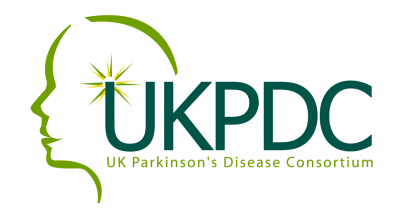UK Parkinson's Disease Consortium (UKPDC)
UK Parkinson's Disease Consortium (UKPDC) is a group of world-leading genetic, biochemical, clinical, and other scientific researchers, who possess complementary expertise, technology, and resources to identify and tackle the causes of Parkinson’s disease (PD).
Scientific aims:
We will bring together physical chemistry, computational modelling, genetics and neurobiology in order to understand why some brain cells succumb while others are resistant to the pathological processes of the disease. By mapping the genetic and molecular processes that underlie the disease, we aim to distinguish cause and effect and deliver new targets for therapeutics, diagnostics and biomarkers of disease.
We will explore evidence that the increase in the alpha-synuclein protein that causes Parkinson’s may come from the gut and travel along nerves that go to the brain. We will investigate whether it’s possible to modify the gut microbiomes of people who are at risk of Parkinson’s, in order to prevent the disease before it starts.
We will investigate the genome at the single cell level in brain and gut, to allow full understanding of the role of genes in Parkinson’s disease.
We aim to provide a comprehensive description of the genetic factors and biological processes that cause Parkinson’s, and make, freely available, the first oligomer map of the PD brain and the resulting genes and pathways. This unique resource will enable the community to develop new hypotheses, explore disease mechanisms and identify new therapeutic targets.
We will perform fundamental, state-of-the-art experimentation to better comprehend the biology that is controlled by LRRK2, a major cause of inherited Parkinson's disease. The goal is to gain a much better understanding of LRRK2-driven Parkinson's disease, hopefully providing a foundation for the development of future therapies.
We are funded by Aligning Science Across Parkinson’s (ASAP), whose grant implementation partner is The Michael J. Fox Foundation for Parkinson's research.
 |  |
 Close
Close


